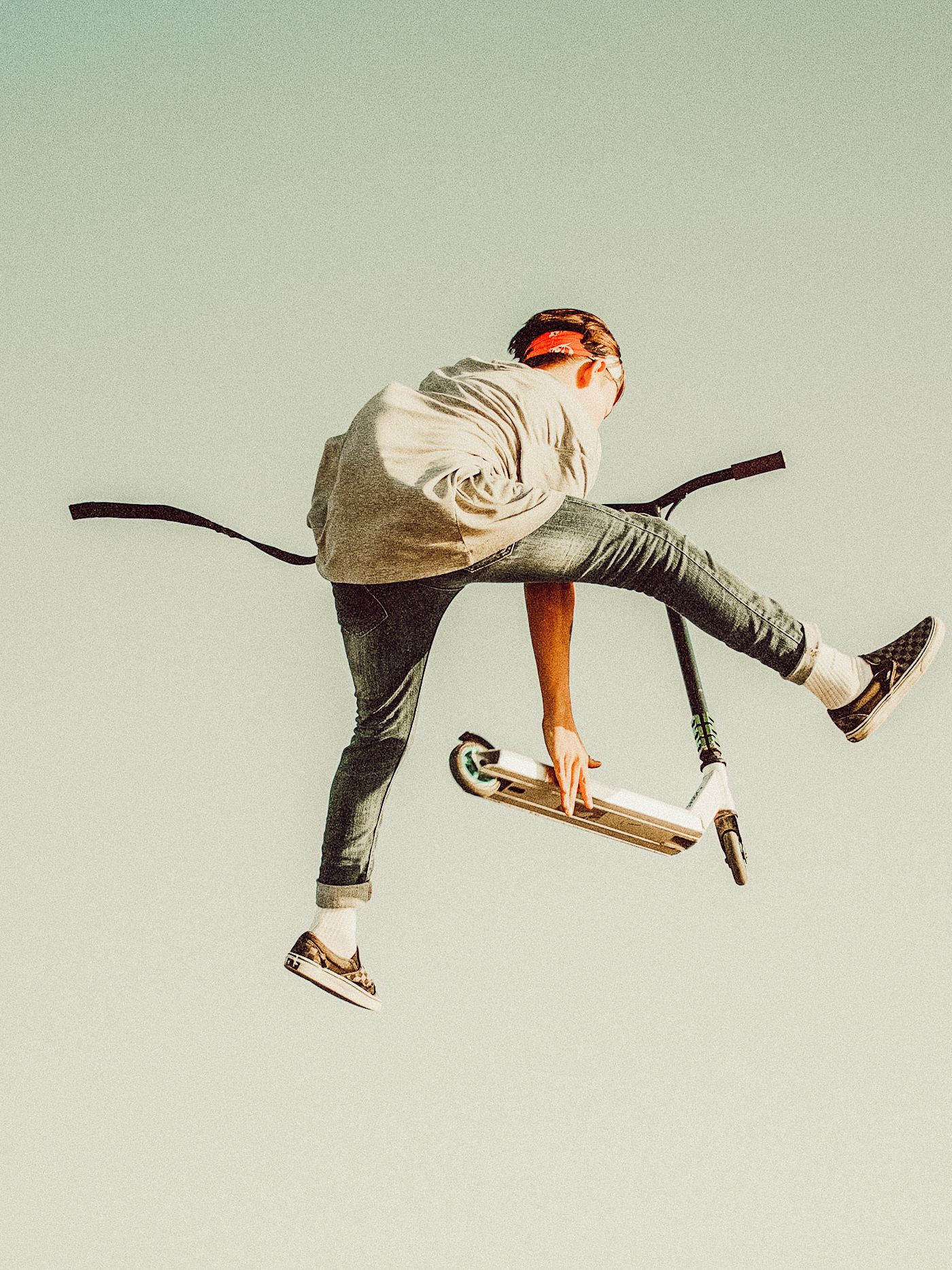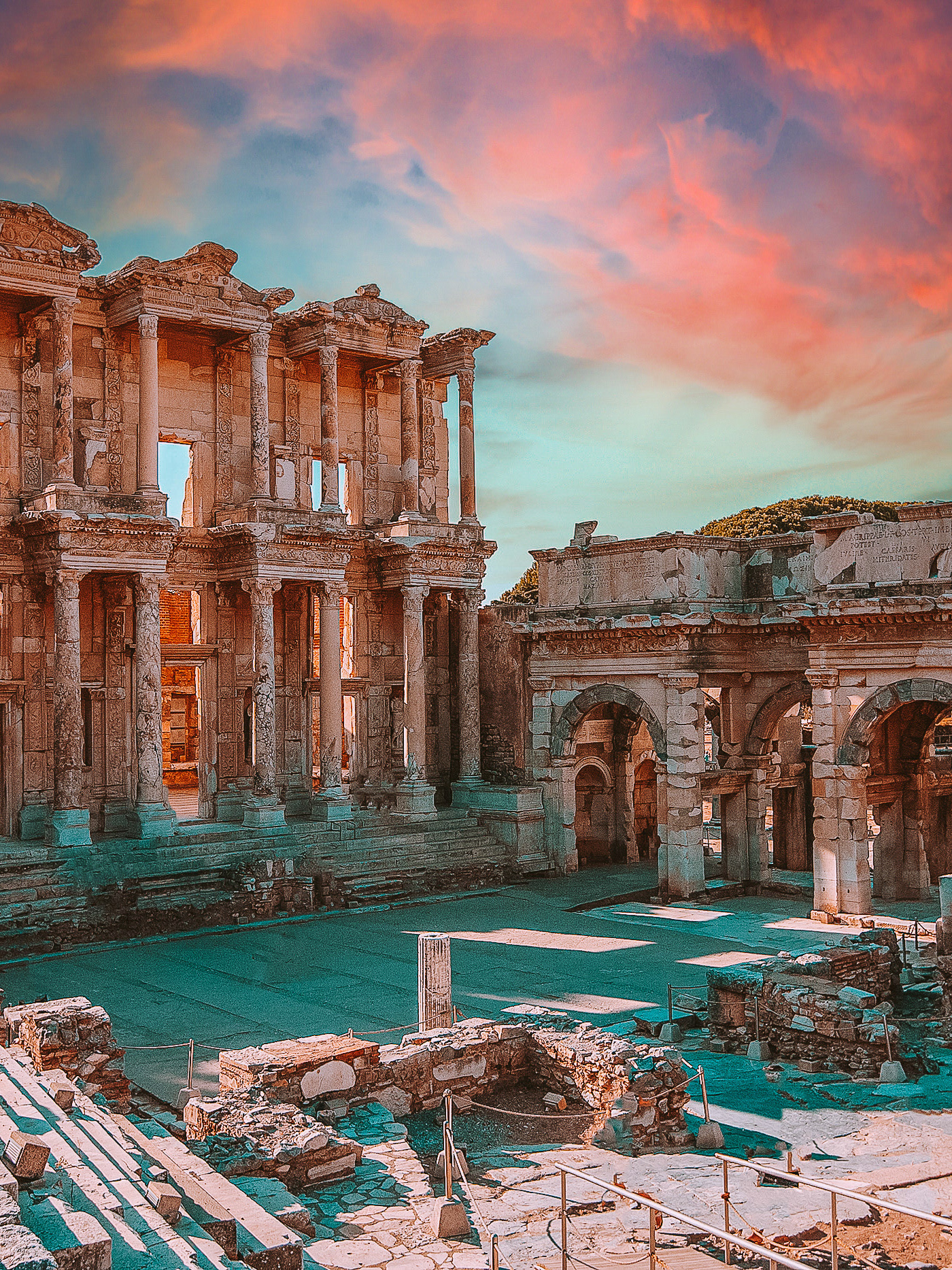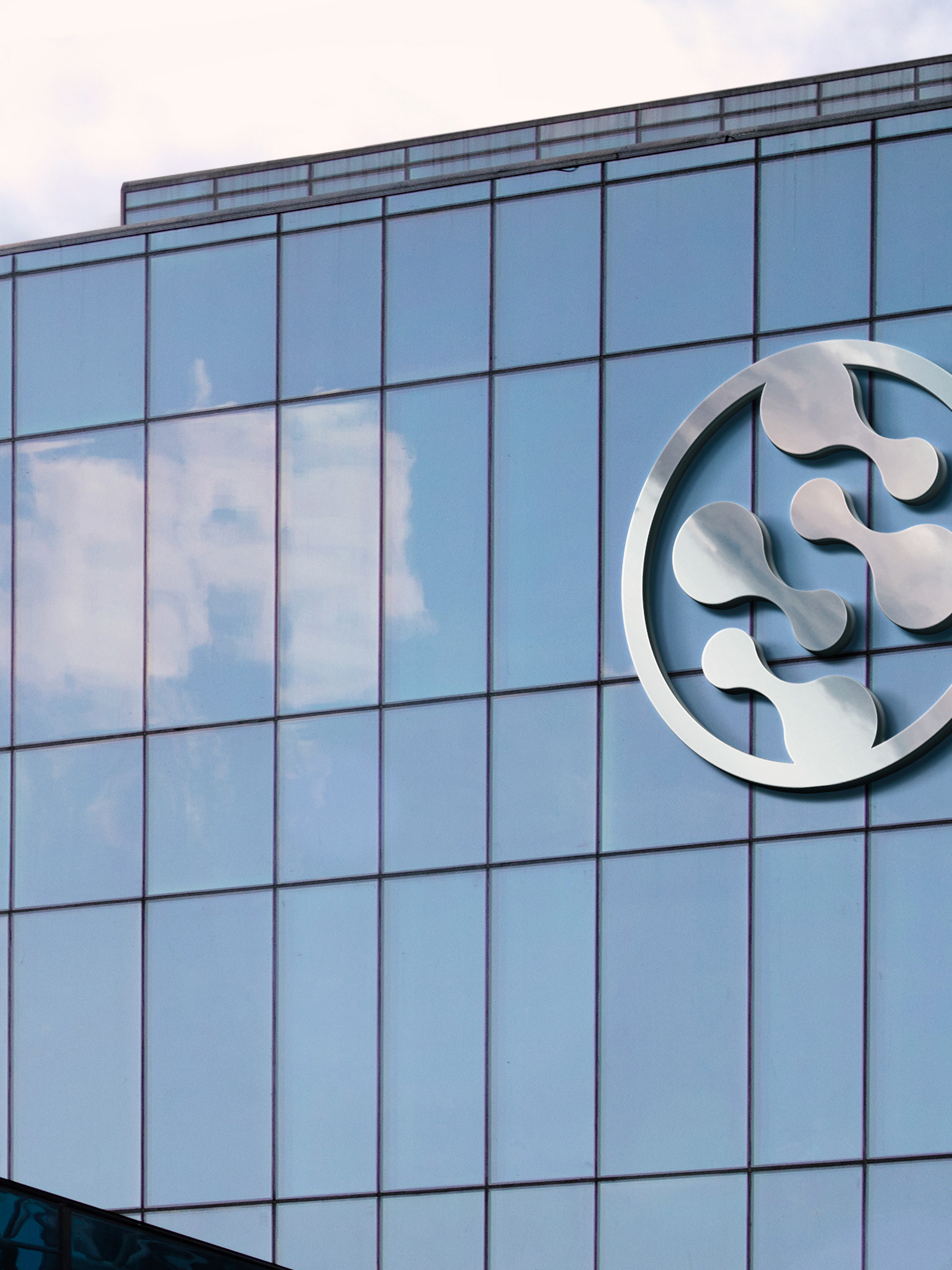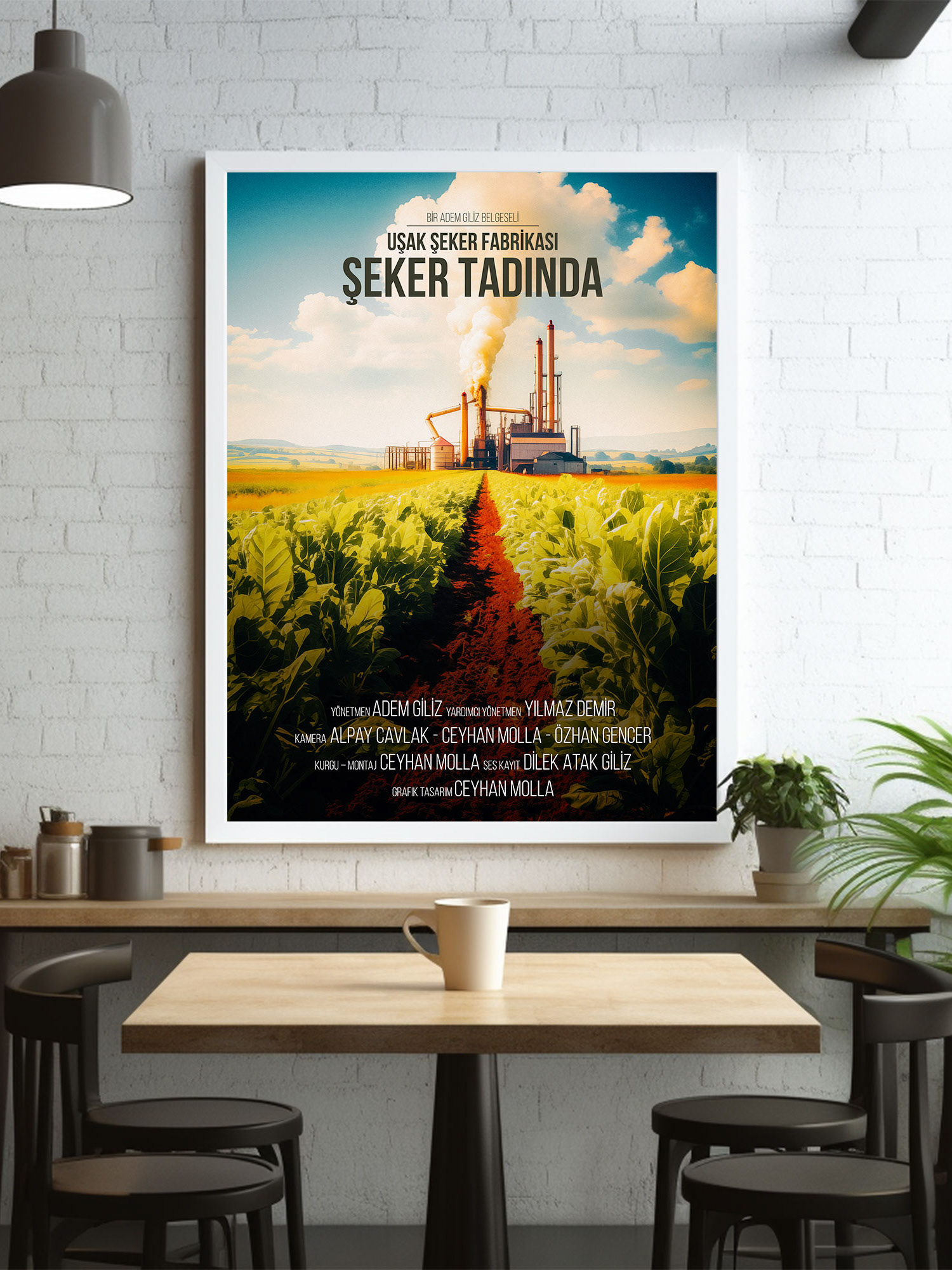On November 22, 1968 Turkey would make a significant moment witness in the health field. At that time, Chief of the Heart and Thoracic Surgery Clinic of Ankara High Specialization Hospital, Dr. Kemal Bayazıt rolled up his sleeves for the first heart transplant in our country. The transplantation procedure started after the readiness of the operating room team, the tired heart of the 41-year-old patient was removed and a new heart was transplanted in its place. As soon as he got the news that a heart transplantation will be done that night, Health Minister Dr. Vedat Ali Özkan spent the night in the hospital and became the first person to congratulate Dr. Kemal and his team upon departure. This situation was a tremendous situation for Turkish medicine.
19 years after this case, Dr. Zbigniew Religa was the first person in Poland to try a heart transplantation. In those years, the Socialist system had a profound effect on all spheres of life in Poland. Undoubtedly, the health system came first. I really liked the photo of Dr. Zbigniew Religa that shot by National Geographic Photographer James L. Stanfield in Poland on 01 January 1987. Dr. Zbigniew Religa was watching the monitor worried at the chairside of the patient, we could see the traces of the struggle that was given that night in the background.
With his professionalism and ability to adapt to his subjects, Stanfield has travelled many parts of the world and made countless photographs. Born in Wisconsin to a family of journalists, Stanfield entered the world of photography with the techniques he learned from his father. The White House News Photographers Association has named him the Photographer of the Year four times.
Based on these stories, I decided to realize a photography project.
Many successful cardiac surgery operations were being performed at the hospital where I am currently working. I told that I would like to perform a photography project to the successful Cardiovascular Surgeons Dr. Deniz Bozdoğan and Dr. Aytaç Çalışkan that I done their news in the past; and that I wanted to do all of the shots with a 35mm film camera. I especially thank them for not refusing this request and for making these photo frames come out.
Due to the low light level of the operating room environment, I planned to make colour photos with Kodak Ultramax 400 ISO and black and white photos with Ilford PAN 100 ISO by pushing +2. As a camera, I chose Zenit 12XP to suit the conditions of the period.
Instead of the Helios lens, I used the Super Multi Coated Takumar 50mm f1.4 from 1971 with 7 elements, 6 groups and 8 aperture blades, plus Cosina Cosinon Auto MC 135mm F2.8.









